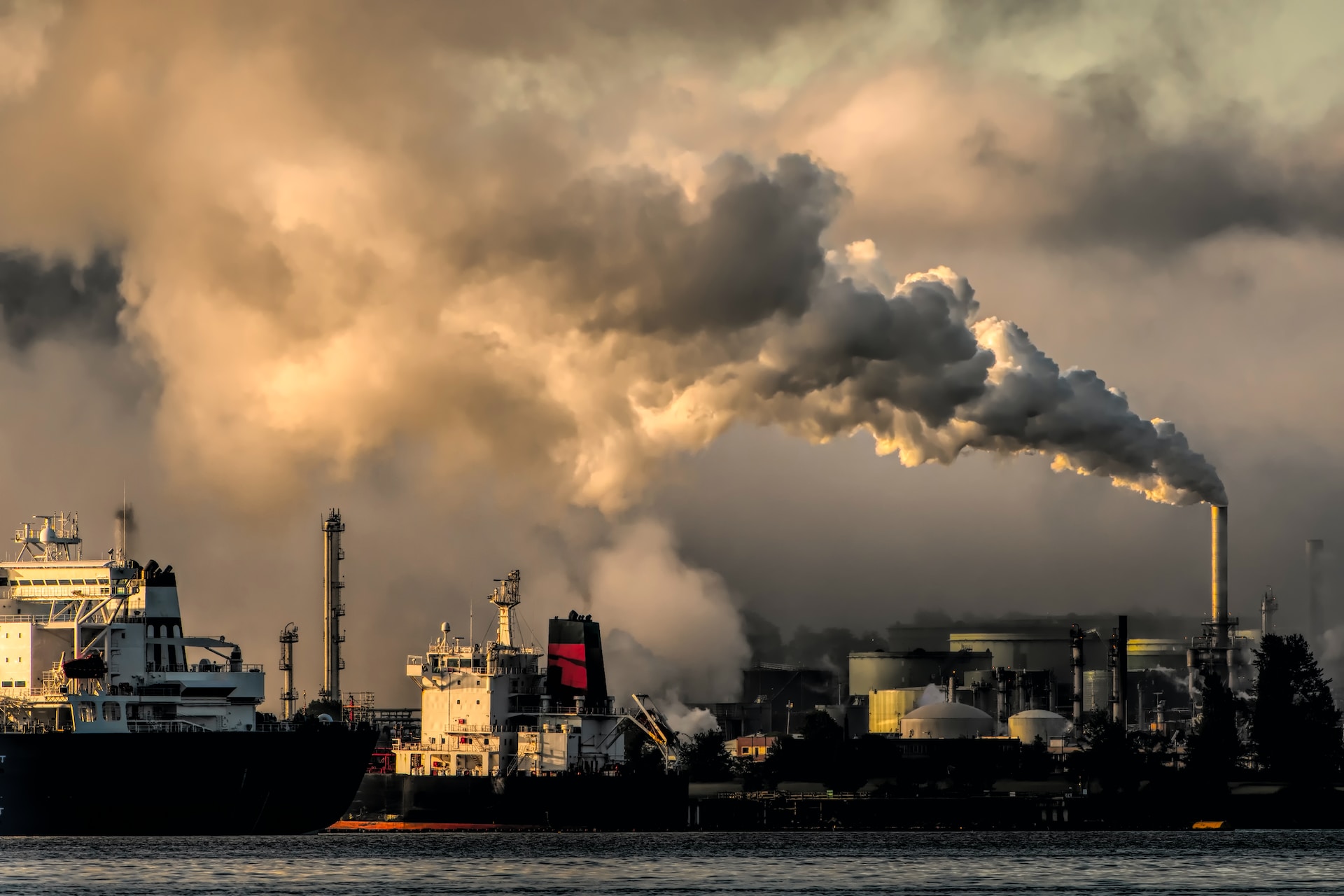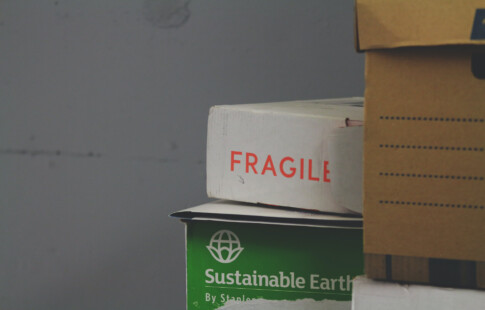
How Does an RTO Unit Fight Air Pollution?
We are reader-supported. When you buy through links on our site, we may earn affiliate commission.
A regenerative thermal oxidizer (RTO) unit plays an important role in cleaning the air, preventing industrial waste from polluting the skies. Essentially a giant air filter, an RTO unit sucks in air pollution and oxidizes it at a high temperature — forcing it in contact with oxygen — and renders it harmless in the process. It is an especially critical part of many industrial plants.
Which Pollutants Does an RTO Unit Neutralize?
Regenerative thermal oxidizers mainly target two types of emissions — volatile organic compounds (VOCs) and hazardous air pollutants (HAPs).
Hazardous Air Pollutants
The Clean Air Act requires the Environmental Protection Agency (EPA) to regulate HAPs, which are any airborne toxins that cause serious health issues such as cancer. The EPA lists 188 chemicals as hazardous air pollutants, including acetaldehyde, chloroform, and toluene. A range of industrial and vehicular reactions produce HAPs.
Volatile Organic Compounds
VOCs are chemicals with high vapor pressure and low water solubility. Manufacturing pharmaceuticals, hydraulic fluids, refrigerants, and paints often releases VOCs as byproducts. Exposure to these chemicals can cause a host of symptoms ranging from throat irritation to kidney, liver, and nervous system damage.
VOCs react with nitrogen oxides in the air to form ozone, also called smog. That is why many states regulate industrial VOC emissions. State regulations have to meet Reasonably Available Control Technology (RACT) guidelines. The EPA’s Control Technique Guidelines outline how states should regulate volatile organic compounds.
How Does an RTO Unit Work?
First, polluted air from a factory or industrial plant flows into the RTO unit at a rate of 2.4 to 240 standard cubic meters every second. The regenerative thermal oxidizer contains a ceramic bed that preheats any gases entering the unit. This preheating process partially oxidizes the toxins.
Because most of the pollutants are hydrocarbons, oxidizing them forms water and carbon dioxide. Although carbon dioxide contributes to climate change, it does not pose severe health hazards, so it’s the lesser of two problems.
Once the RTO unit partially oxidizes the pollutants, they pass into a combustion chamber that uses an external fuel source to heat them. Oxidizing the air pollutants often requires temperatures up to 2,010°F to ensure total destruction. An RTO unit can reach up to 97% thermal efficiency, meaning it wastes very little heat and energy.
Regenerative vs. Recuperative Thermal Oxidizers
There are several types of thermal oxidizers. Two commonly confused types include regenerative and recuperative thermal oxidizers, but there are several key differences between them.
Regenerative thermal oxidizers work best at low VOC levels — up to 10% lower explosive limits (LTL). They typically destroy up to 95% of air pollutants, including over 98% of VOCs. These high-maintenance machines have two or more media chambers for energy recovery, and they’re typically useful for plants that produce ethanol, paint, finishes, and coatings.
In contrast, recuperative thermal oxidizers work best for moderate VOC levels, between 15% to 40% LEL. Their destruction efficiency tops out at over 99% and they are lower maintenance machines than RTO units. They use a heat exchanger, shell, and tube for energy recovery. Automotive operations, chemical plants, and animal feed producers often use these machines.
Why Clean Air Matters
Before the U.S. enacted the Clean Air Act in 1970, air pollution was a serious problem in the country. That year, emissions from six common pollutants — sulfur dioxide, nitrous oxides, VOCs, carbon monoxide, two forms of particulate matter, and lead — were 78% higher than they were as of 2020. What are the effects of air pollution?
Environmental Damage
When an area with thick air pollution receives rain, the chemicals mix with the water to form acid rain, which can deposit toxins into waterways and soil. It harms plants by removing minerals and nutrients from the soil. In lakes, it kills the phytoplankton that form the base of many food chains, killing insects, fish, birds, and amphibians.
Some air pollutants, like methane and black carbon, warm the Earth even faster than carbon dioxide. Black carbon — a component of fine particulate matter — absorbs sunlight and accelerates the melting of ice and snow. Methane is 84 times more potent than carbon dioxide when it comes to warming the planet, and it is also a precursor to ozone.
When air pollution warms the climate or blocks sunlight, it can affect agricultural yields. In turn, this threatens food security and increases food prices.
Health Problems
In addition to the gray, smoggy skies and acid rain that blanketed many cities before the Clean Air Act’s passage, people often suffered from severe respiratory illnesses as they breathed in high concentrations of lead and other toxins. Air pollution is a well-known cause of asthma, emphysema, chronic obstructive pulmonary disease (COPD), and even death.
Children living in low-income urban areas have higher rates of asthma due to breathing in more ozone and PM 2.5, particulate matter 2.5 microns or less in size. Certain industrial air pollutants that thermal oxidizers filter out — such as benzene and methylene chloride — cause cancer. Particulate matter can impair blood vessel function and calcify the arteries.
Traffic-related air pollution is even linked to hypertensive disorders in pregnant women, which can harm both mothers and babies. Traffic is still the largest source of carbon monoxide pollution in the United States.
In response to environmental and public health concerns, the EPA announced the National Ambient Air Quality Standards (NAAQS) in 1971 under the Clean Air Act. The NAAQS regulates ozone, carbon monoxide, lead, sulfur dioxide, nitrogen dioxide, and particulate matter and has helped clean up some of the world’s most polluted skies.
A Breath of Fresh Air
An RTO unit plays a crucial role in cleaning up industrial waste. Without this vital machine, the air would be smoggy and dangerous to human health, especially for factory workers and people living near industrial plants.
The Clean Air Act of 1970 was a turning point in the United States for regulating air pollution — it forced big businesses to literally clean up their act. Today, millions of people benefit from the clearer, fresher air that thermal oxidizers make possible.
Share on
Like what you read? Join other Environment.co readers!
Get the latest updates on our planet by subscribing to the Environment.co newsletter!
About the author
Steve Russell
Steve is the Managing Editor of Environment.co and regularly contributes articles related to wildlife, biodiversity, and recycling. His passions include wildlife photography and bird watching.





